Nose tackle Corey Peters battles with guard Jonathan Cooper at a recent training camp practice.
The Cardinals' defensive hallmark is its aggressiveness.
It's common to see safeties and linebackers fly into the backfield on a blitz, and the defensive ends love the scheme because it allows them to penetrate gaps at the line of scrimmage instead of waiting to read and react.
After one notable change, the attack will get ratcheted higher this season.
"If I could design something that I wanted to do as a player, this would be it," new starting nose tackle Corey Peters said.
(Peters was carted from the field after hurting his left leg in Wednesday's practice.)
While most of the players fit the aggressive defensive strategy the pa
st two seasons, there was one valuable piece which brought a different strength to the table. Nose tackle Dan Williams was a space-eating, run-stopping mammoth during his time with the Cardinals, holding stout at the line of scrimmage while one and sometimes two offensive linemen tried to push him back.
The Raiders gave Williams a four-year, $25 million contract this offseason with more than $15 million in guaranteed money, causing the Cardinals to look elsewhere for a replacement. No one would have batted an eye if General Manager Steve Keim found a player with a similar build to plug in as the run-stopping fixture. Instead, the Cardinals gave up 25 pounds of mass for the versatility of Peters.
Williams was very good at what he did, but was also limited within the scheme, lacking the pass-rush needed in throwing situations. Peters has 11 career sacks, including a season-best five the last time he was fully healthy back in 2013. Williams has two career sacks.
"We like to have somebody who can play more than 25 percent of the time, not have to come out in nickel," coach Bruce Arians said. "To just have the big nose guard to take up two guys, we feel we still have that but these guys can still play end and rush the passer."
Williams was used more last season than Arians thought -- he played in 39 percent of the defensive snaps -- but his value in other defenses was clearly higher, which made it impractical for the Cardinals to beat Oakland's offer.
The Cards still have one traditional run-stuffer in Alameda Ta'amu, who, at 348 pounds, is listed as the heaviest player on the roster. But Peters is slated to start and undrafted rooki
e Xavier Williams has made a strong impression with similar versatility. Ta'amu would likely have a specialized short-yardage role if he makes the team.
Most of the time, the Cardinals are willing to trade girth for more speed.
"It's not really a traditional nose tackle," Peters said. "It calls to be a little bit more athletic."
While Williams and Peters are often at a weight disadvantage against interior offensive linemen, the aggressive nature of their responsibilities is designed to counteract it. By hitting a gap quickly, the players can avoid meeting a center or guard head on.
"Mostly it's just the get-off," Xavier Williams said. "The way our D-line plays, it's about getting off the ball and attacking, pretty much making the offensive line go into a defensive position. You want to attack them, get them off-balance, stay on their edge so they can't use their whole body to overwhelm you. The scheme helps us out a lot."
There may be times when Dan Williams is missed. Whether he was making tackles or taking up multiple blockers, his presence made the Cardinals tough to beat on the ground.
The Cardinals inked Peters to a three-year, $10.5 million deal this offseason, while Xavier Williams and Ta'amu are but a drop in the salary cap pond. If this group can come close to matching last year's production at the position, the cost savings makes it a win.
There is the hope, though, that by finding the right players for the scheme, the upside is higher.
"It's a system that any player would love to be in," Peters said. "It takes the thinking out of it and allows a player to be aggressive."
Images from the 13th practice at University of Phoenix Stadium
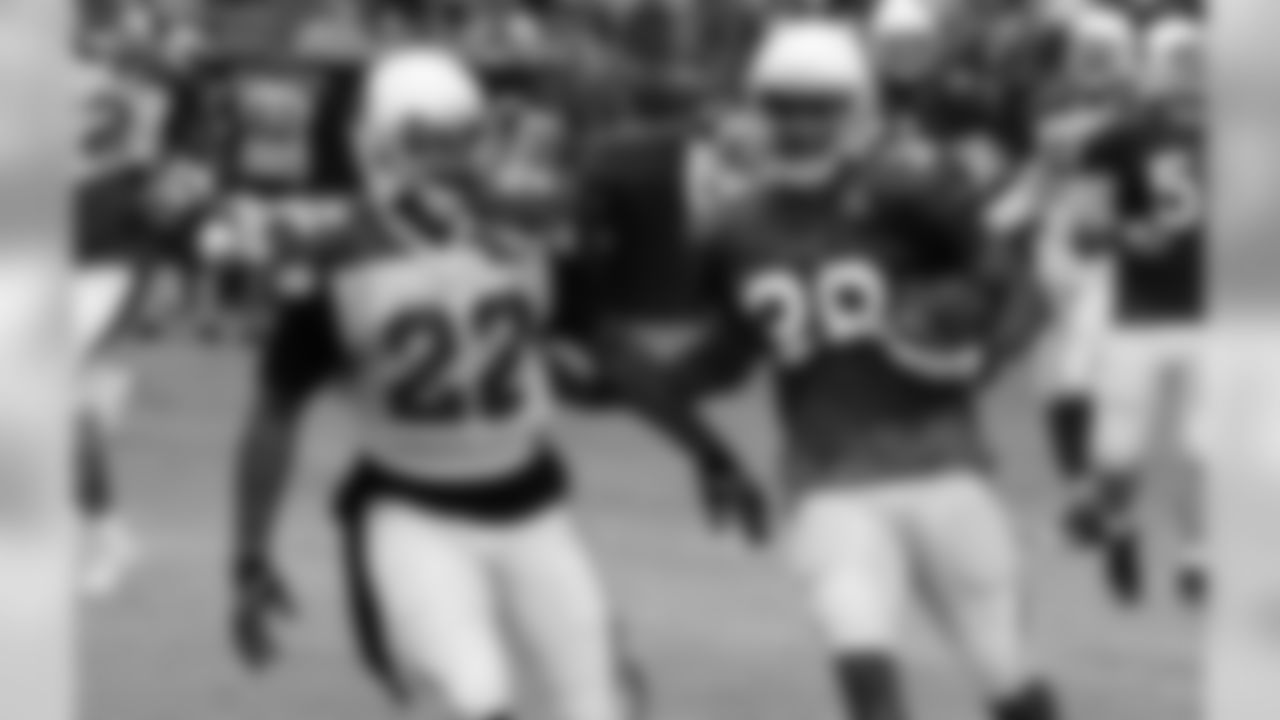
S Tony Jefferson and RB Andre Ellington
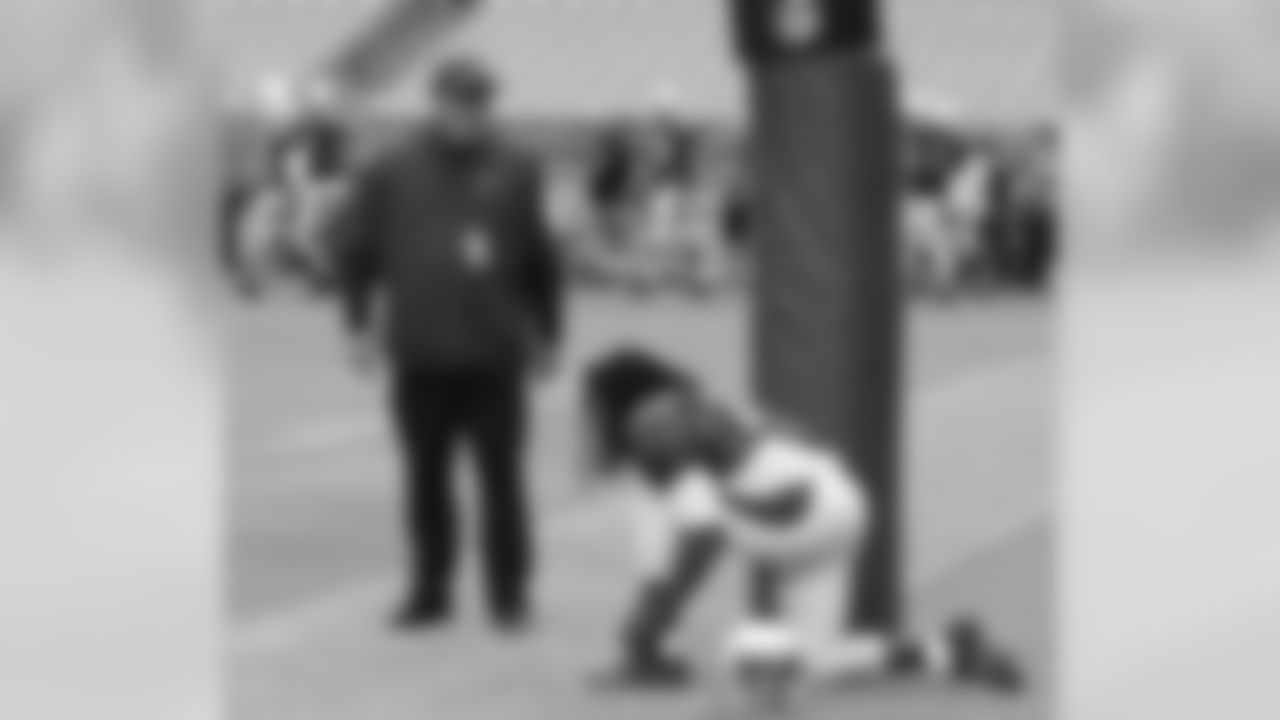
Coach Bruce Arians and running back Chris Johnson
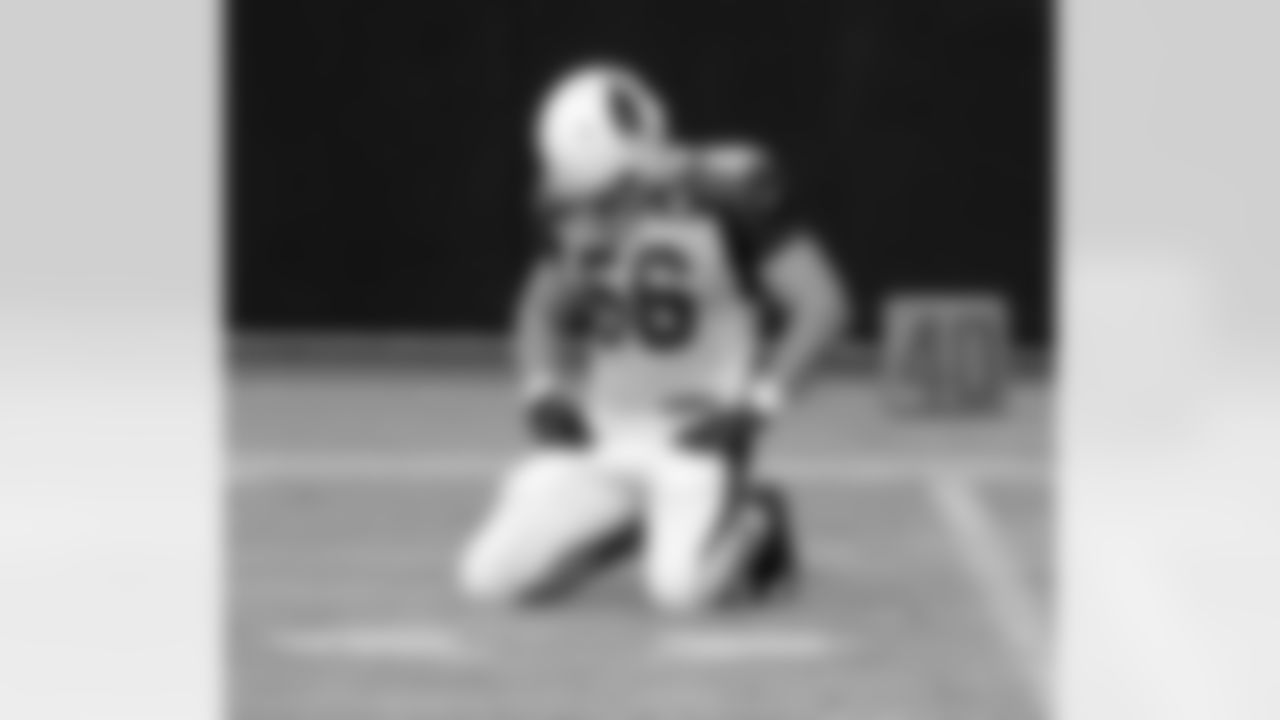
LB Glenn Carson

RB Chris Johnson
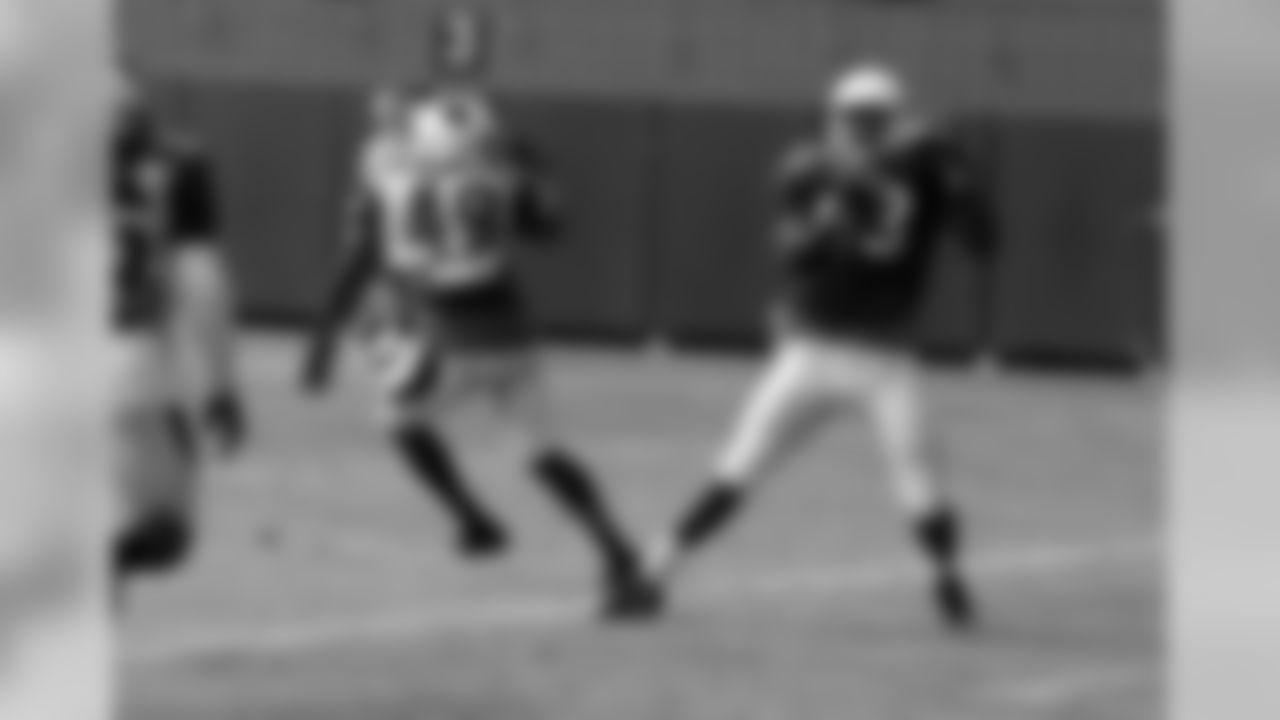
TE Gerald Christian
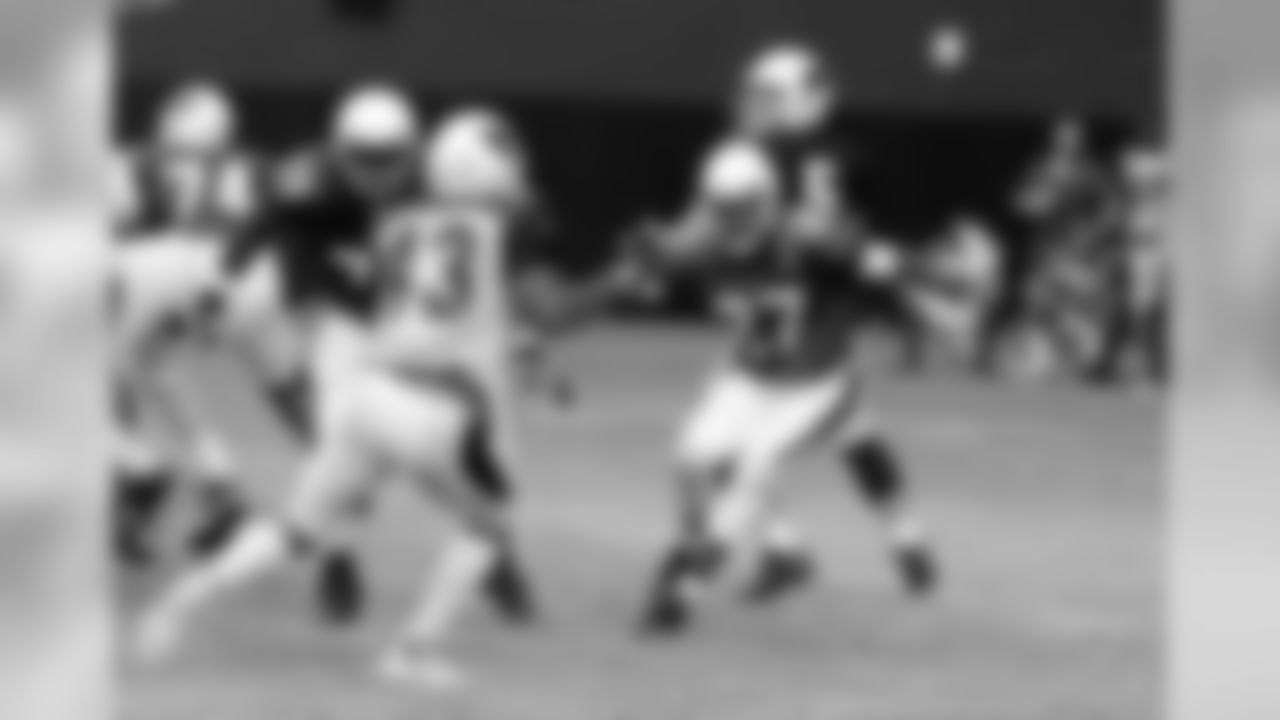
RB Chris Johnson pass blocking
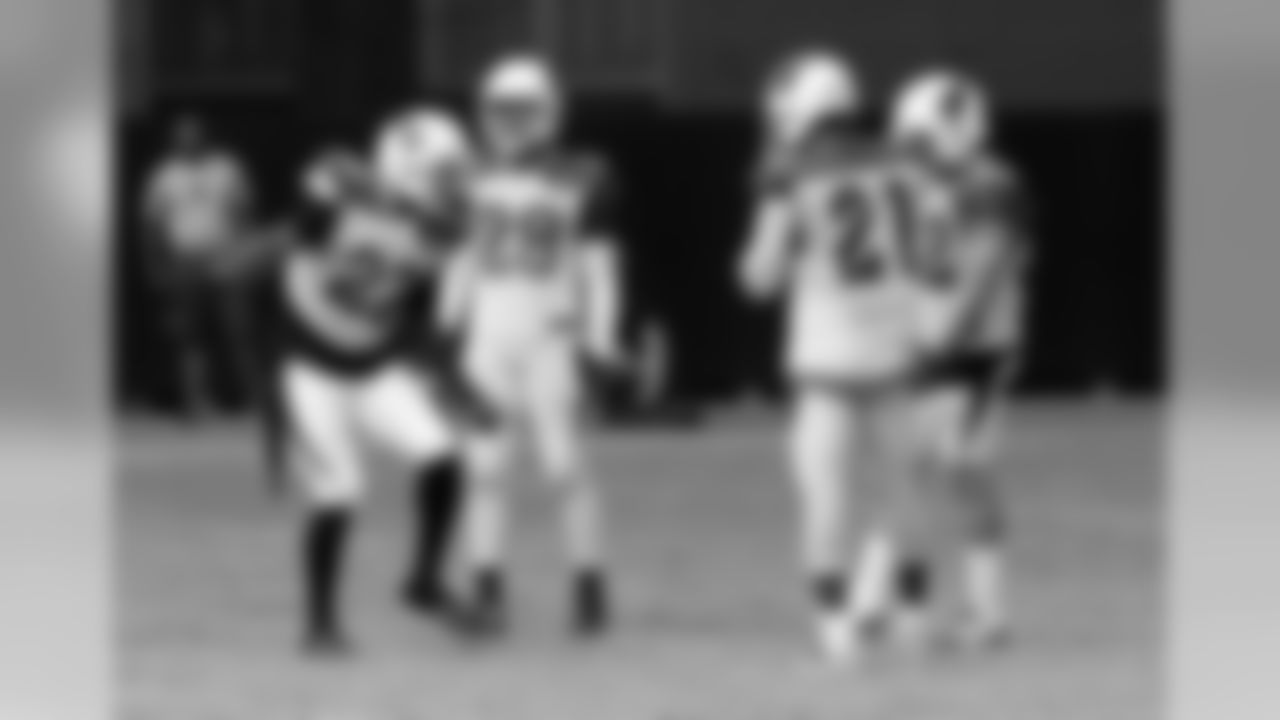
S Tony Jefferson leads the secondary in a dance
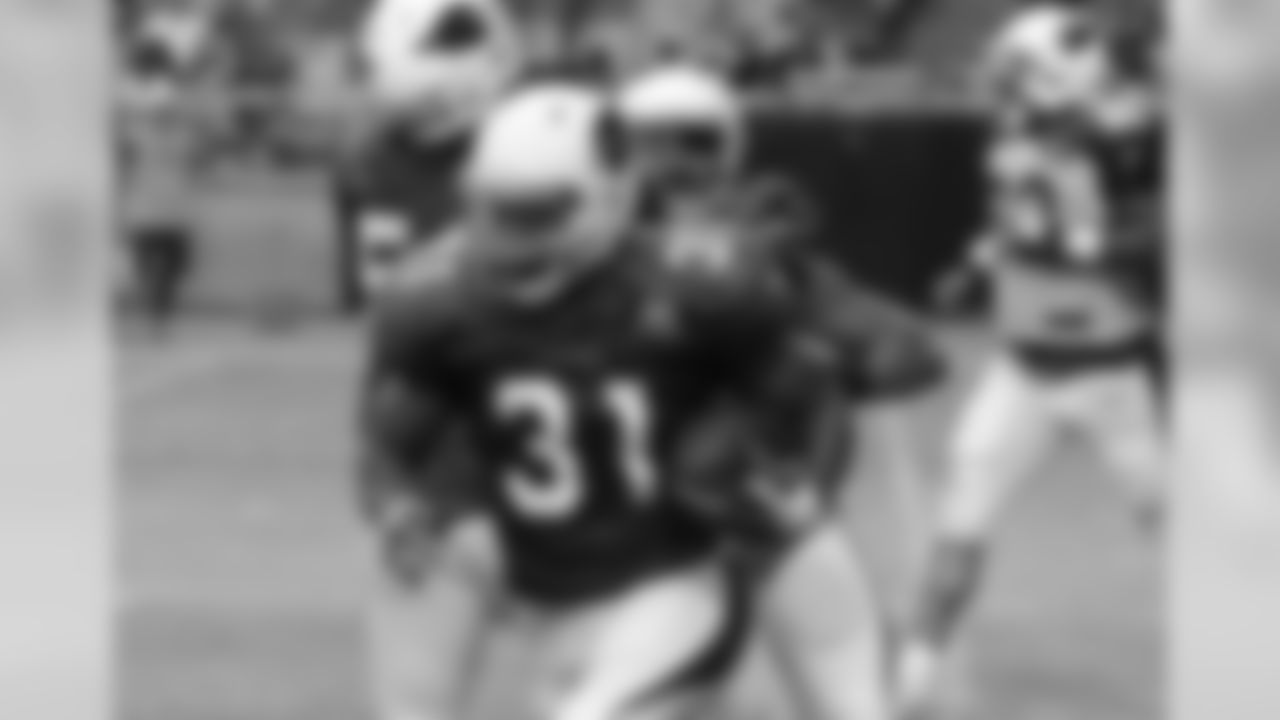
RB David Johnson
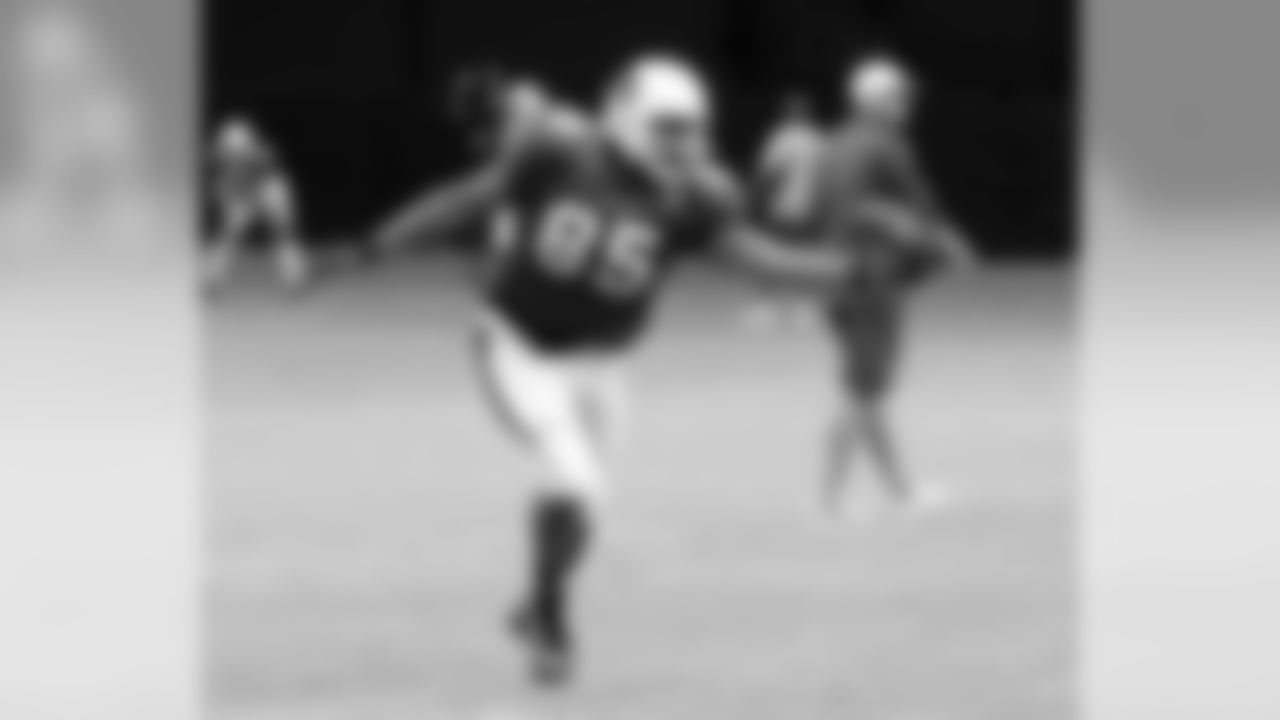
TE Darren Fells
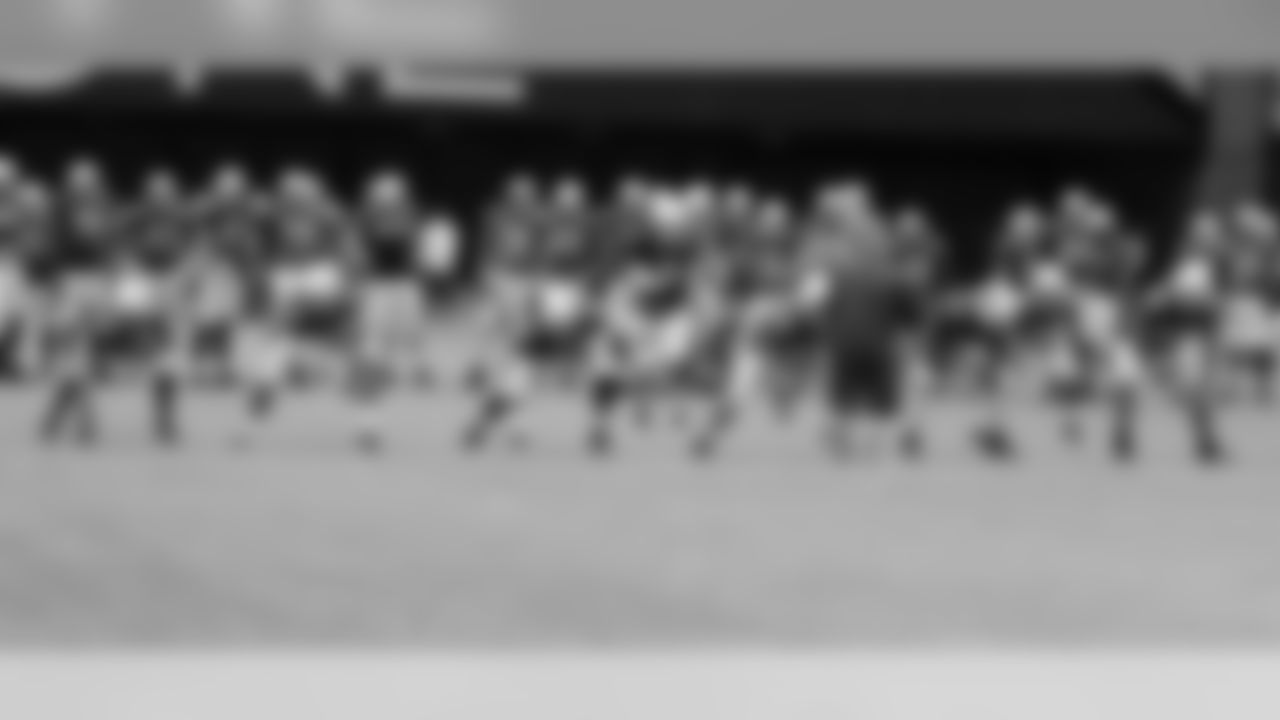
The first string
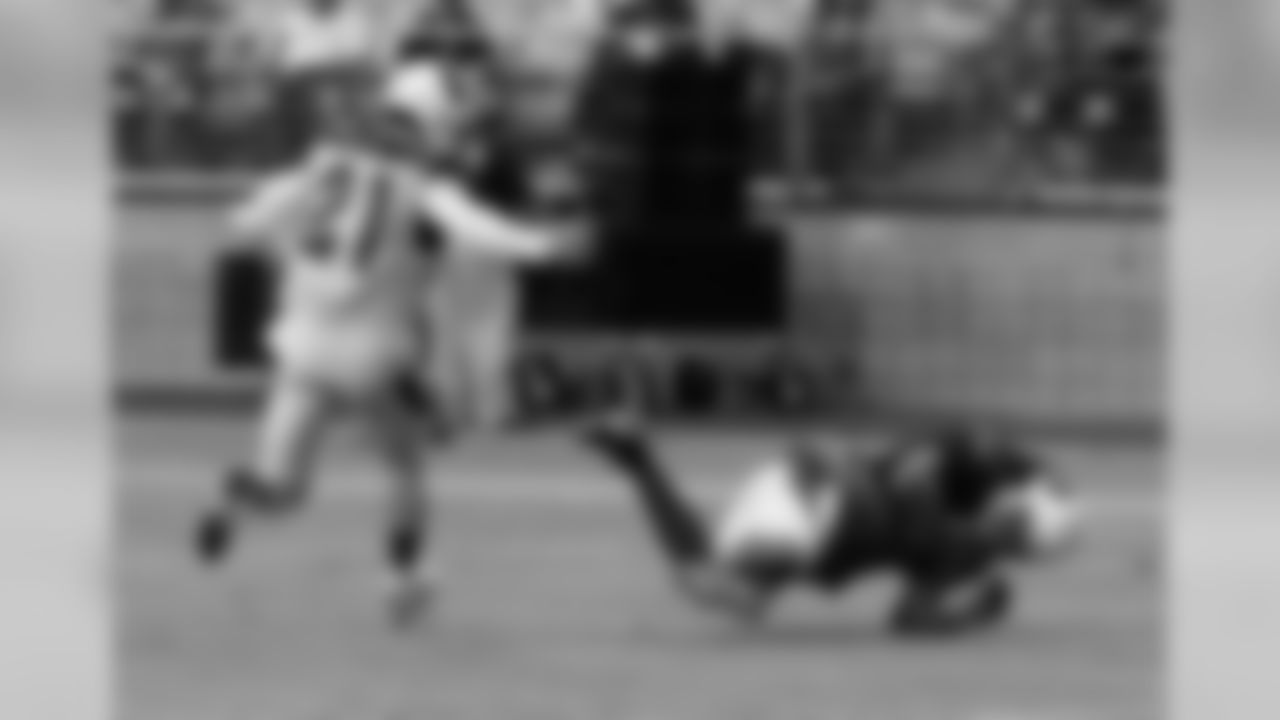
WR Larry Fitzgerald hangs on
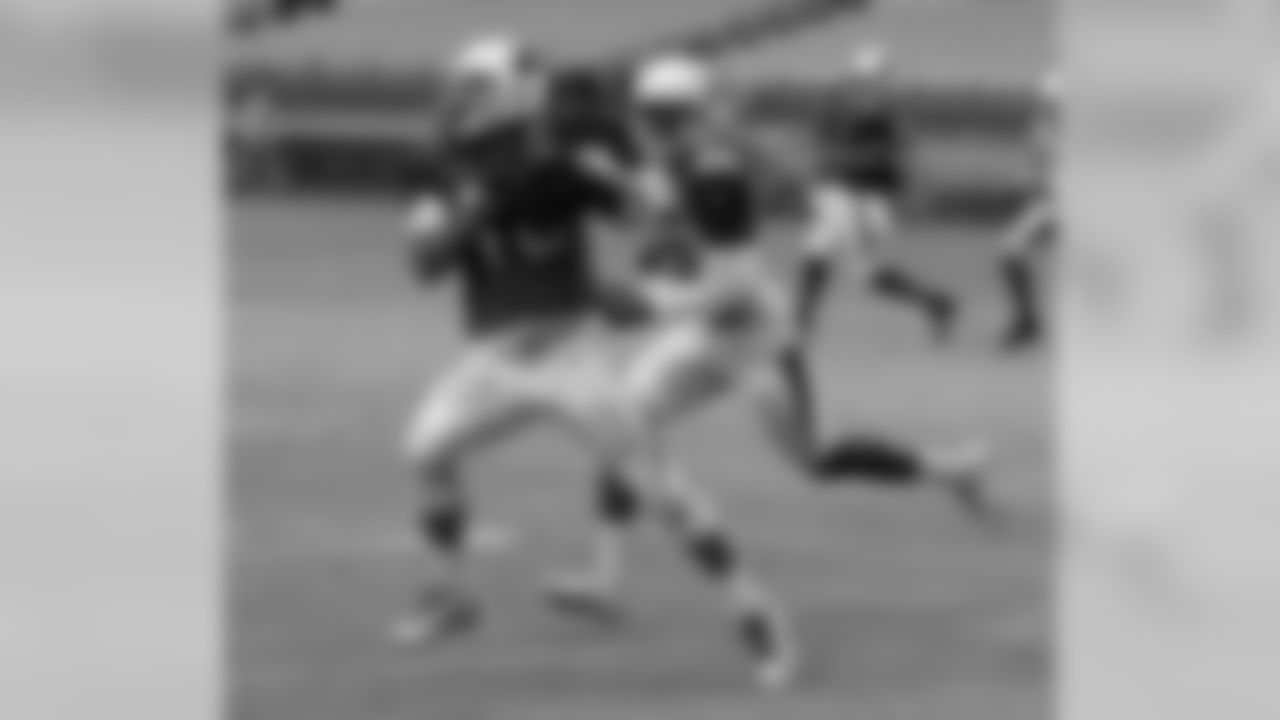
WR Brittan Golden
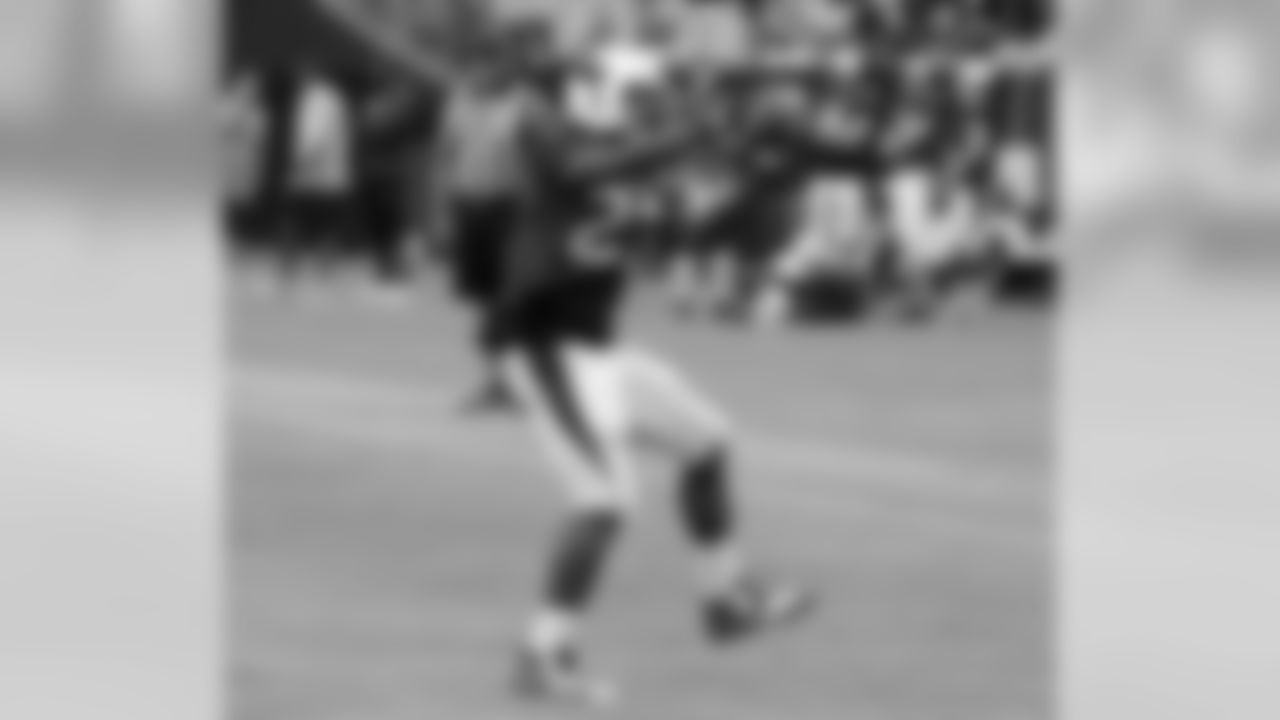
RB Marion Grice
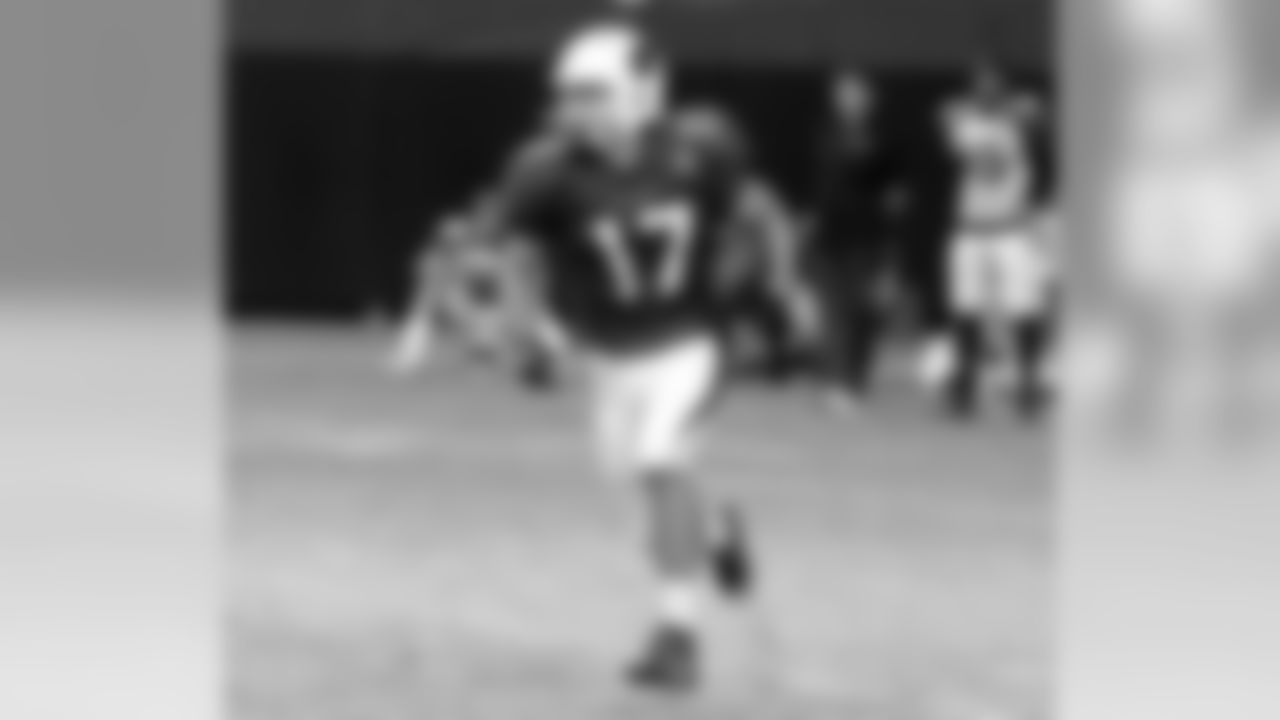
WR Trevor Harman
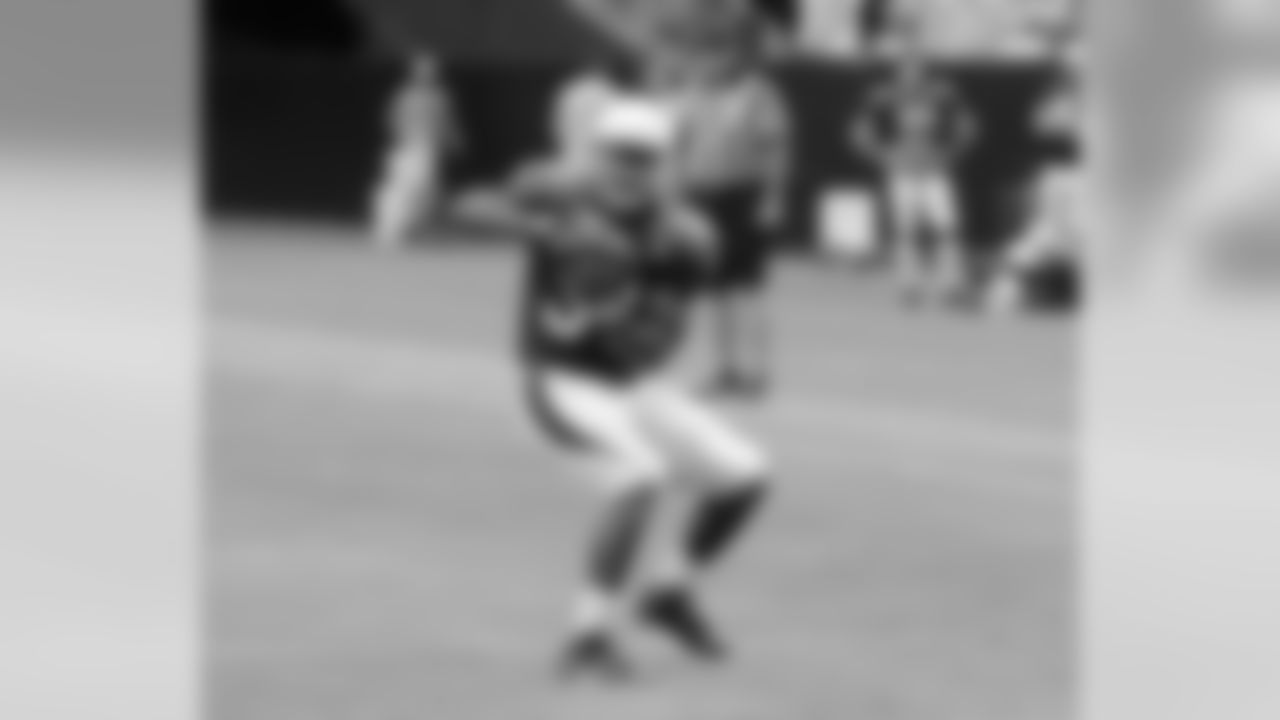
RB David Johnson catches a pass
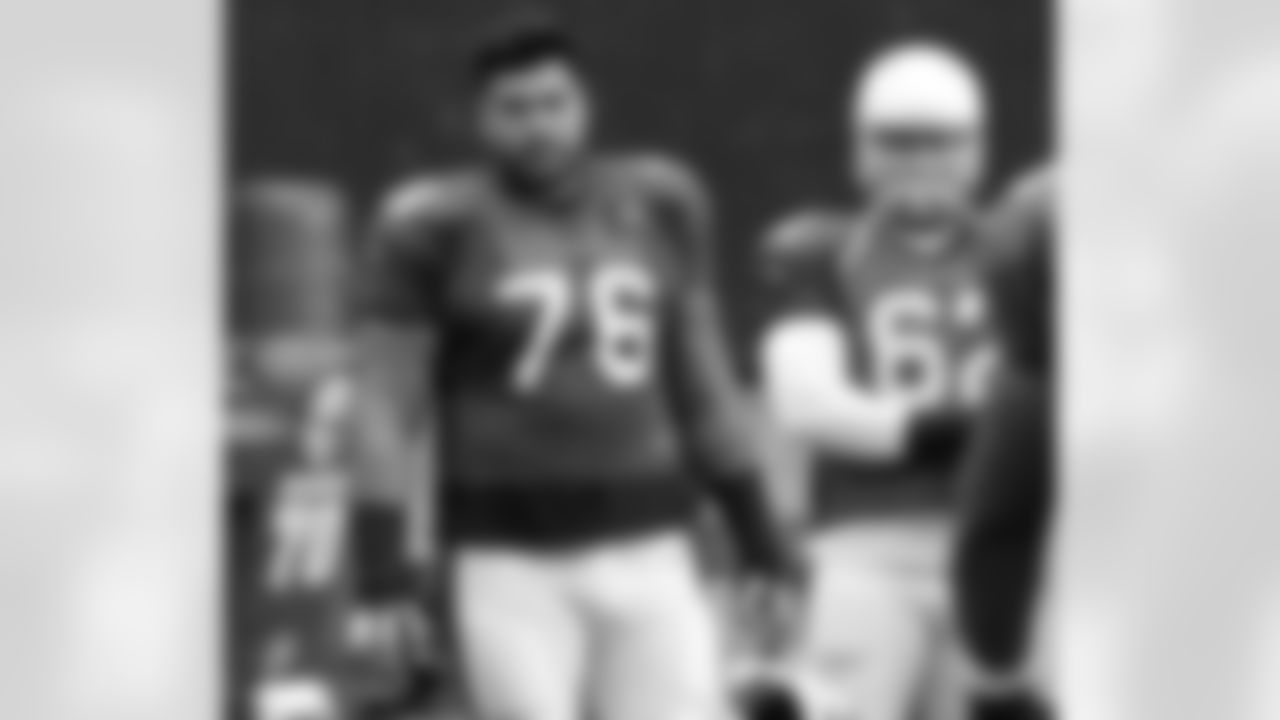
G Mike Iupati
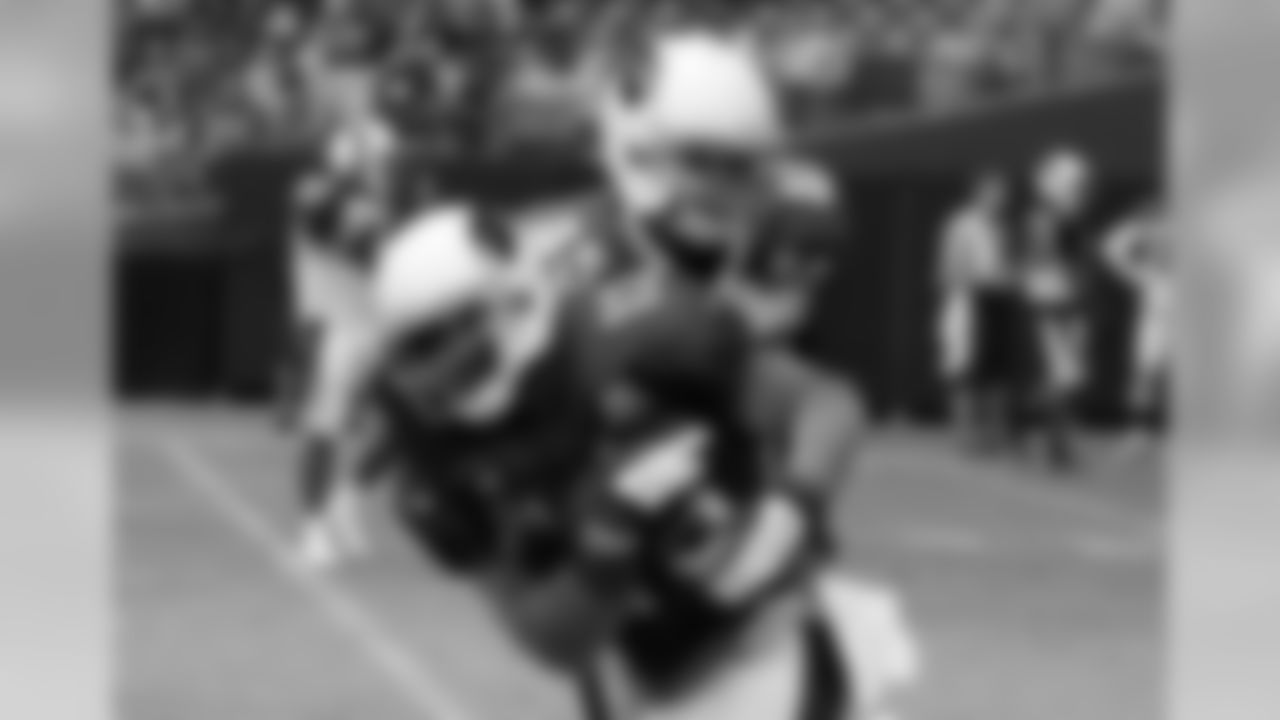
WR Jaron Brown catches a pass in front of S Anthony Walters
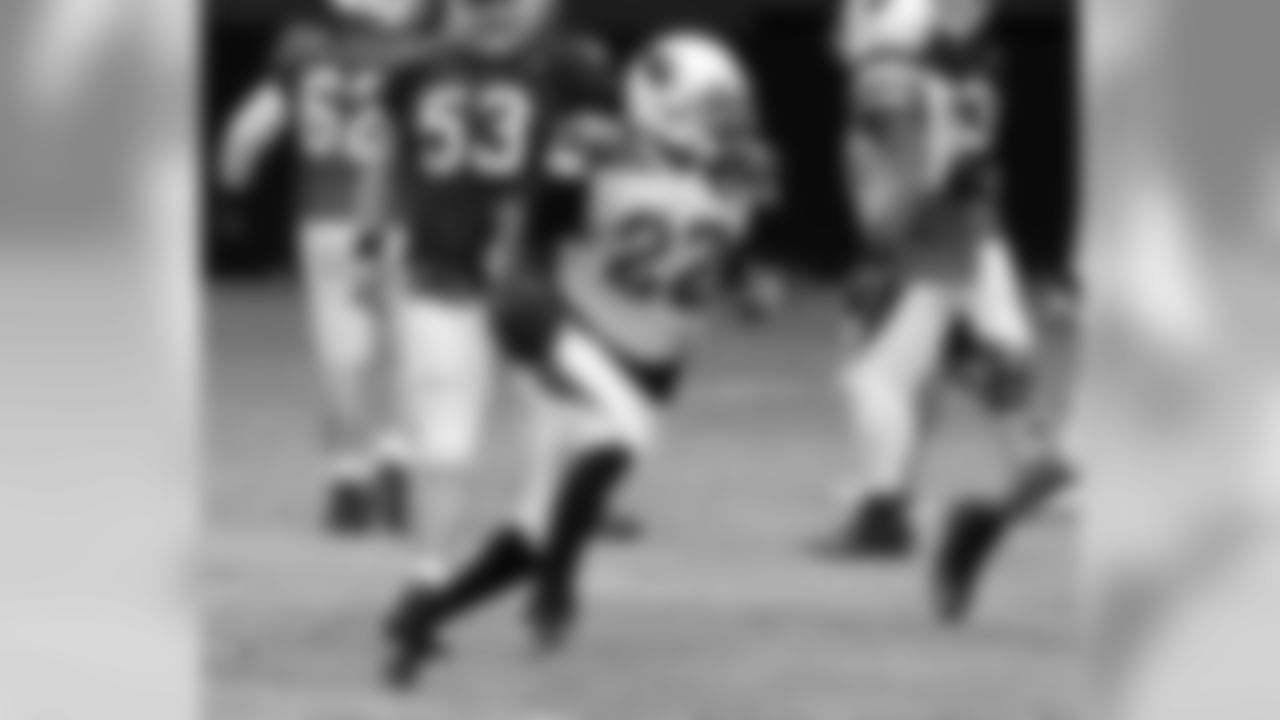
S Tony Jefferson returning an interception
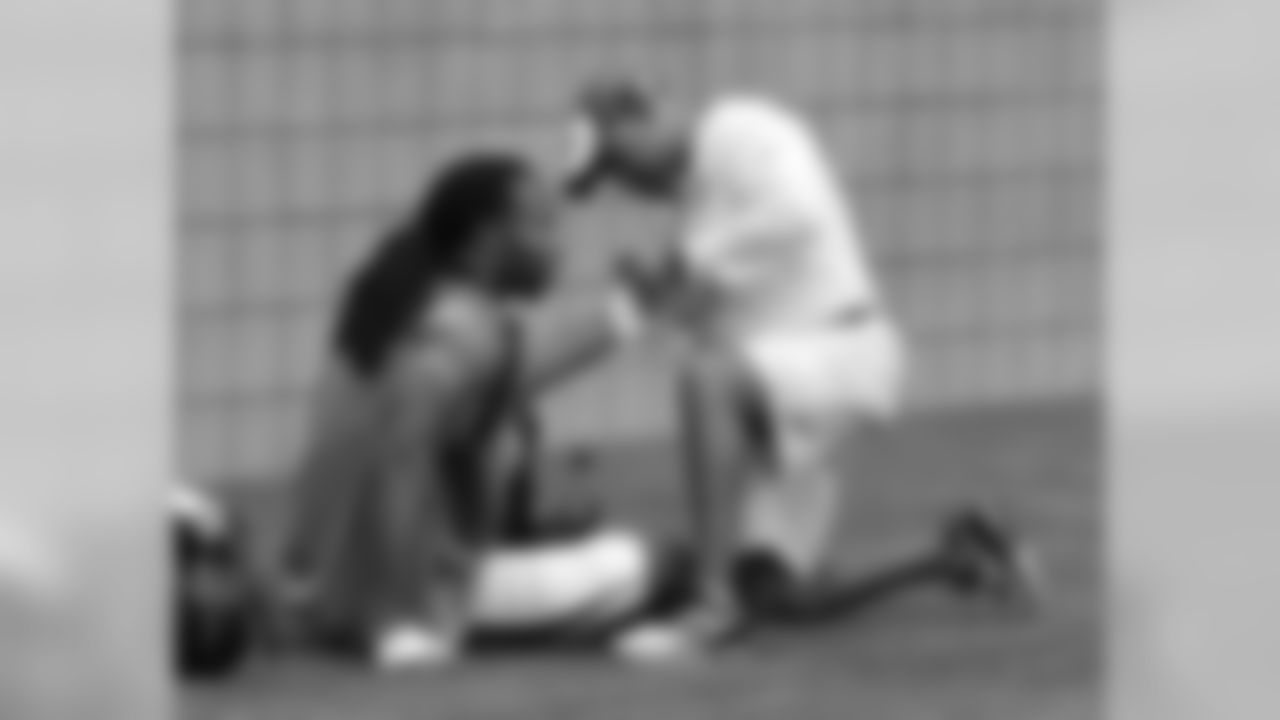
WR Larry Fitzgerald getting taped up
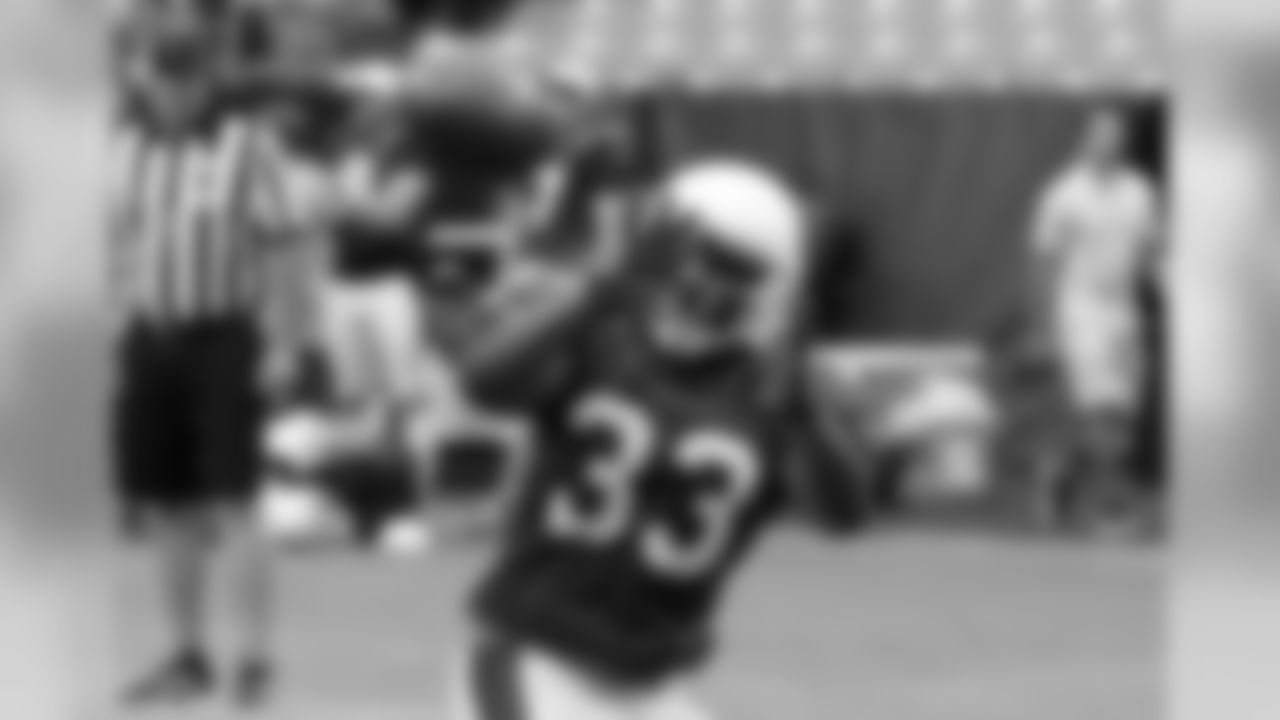
RB Kerwynn Williams
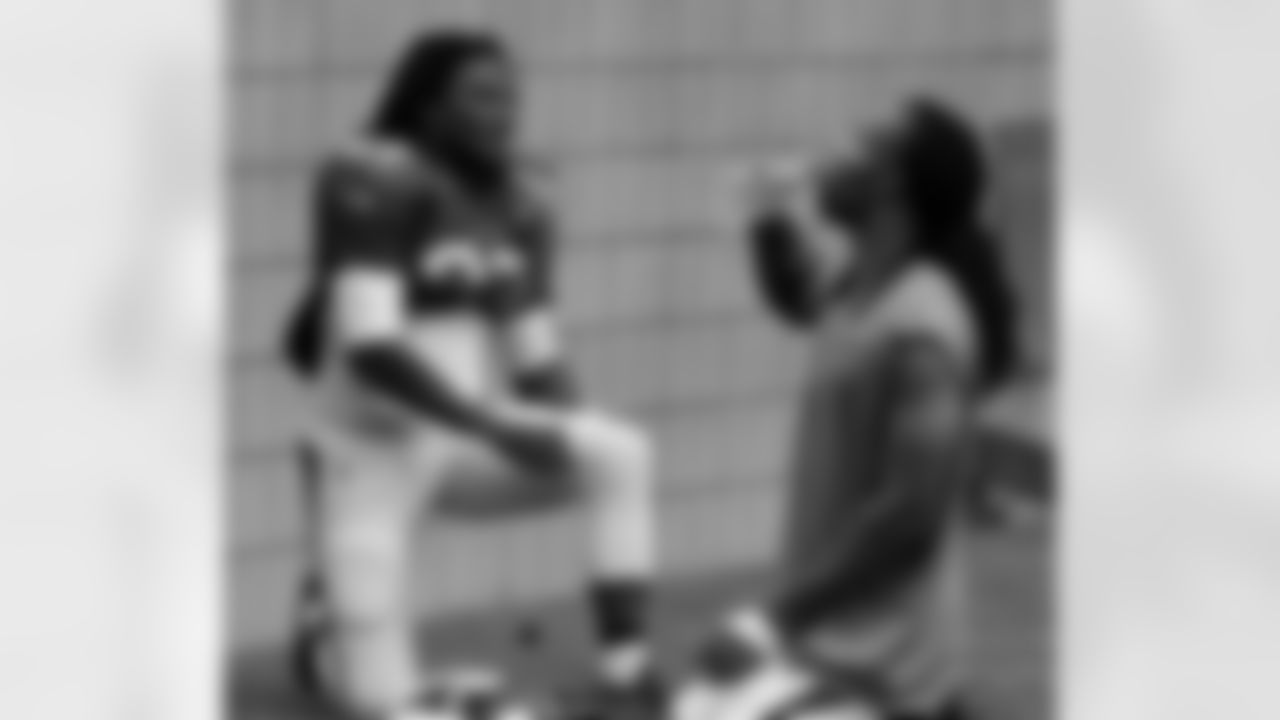
RB Chris Johnson (left) with WR Larry Fitzgerald
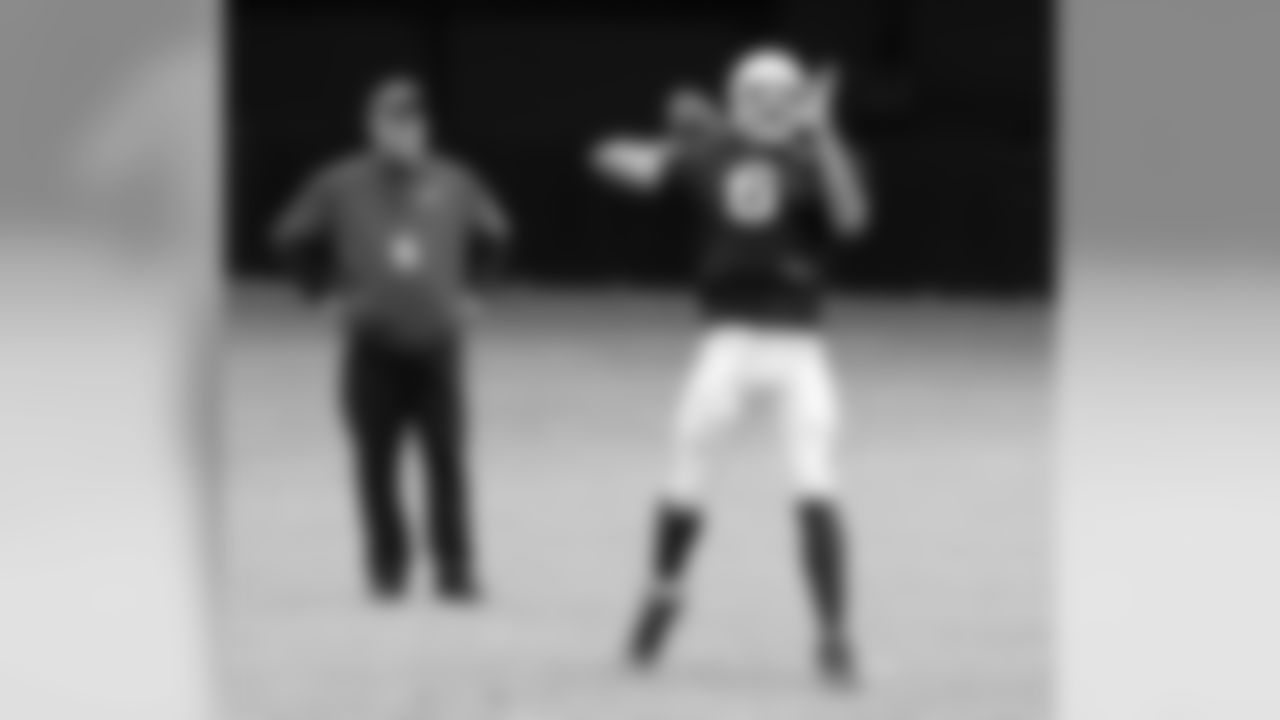
QB Logan Thomas
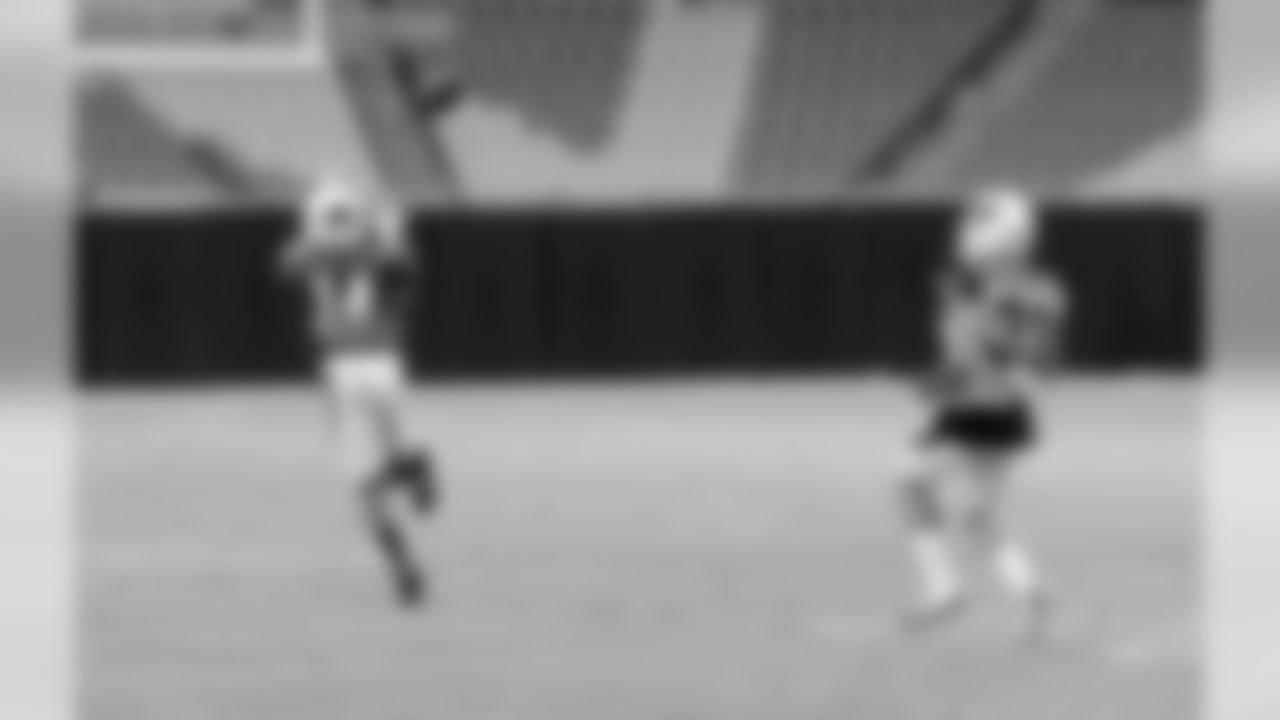
WR J.J. Nelson catching a deep pass
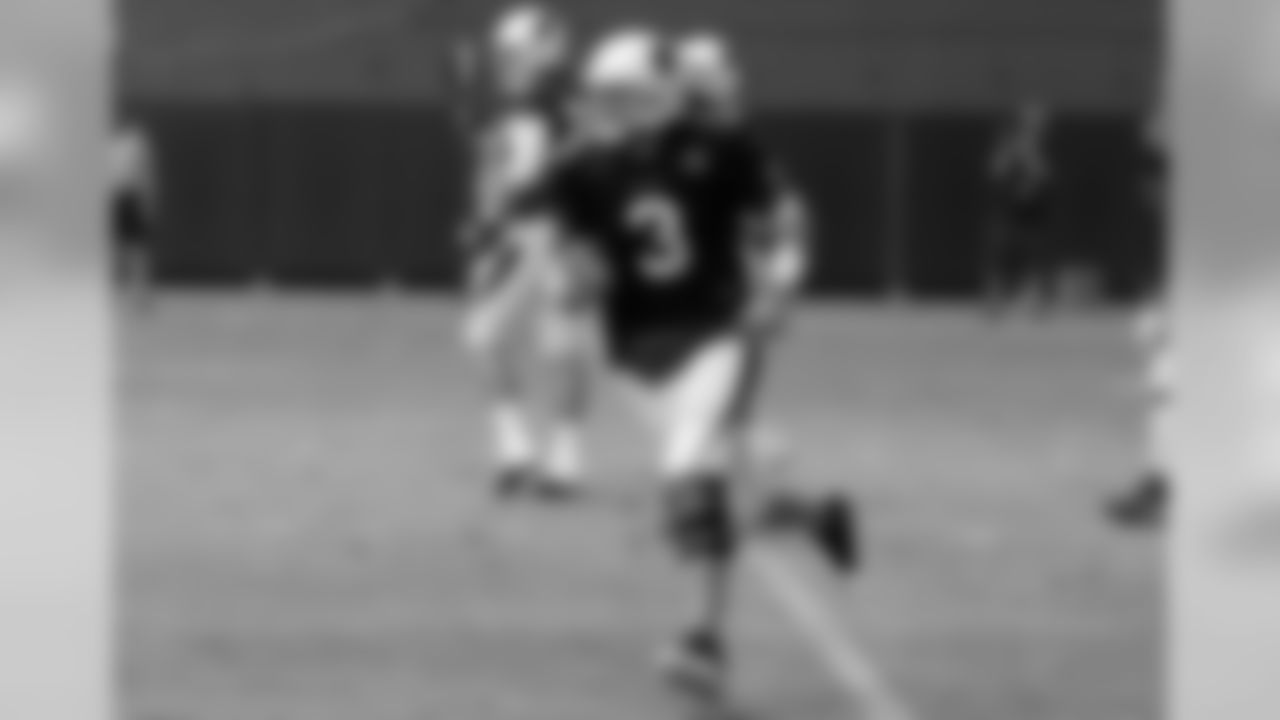
QB Carson Palmer scrambles
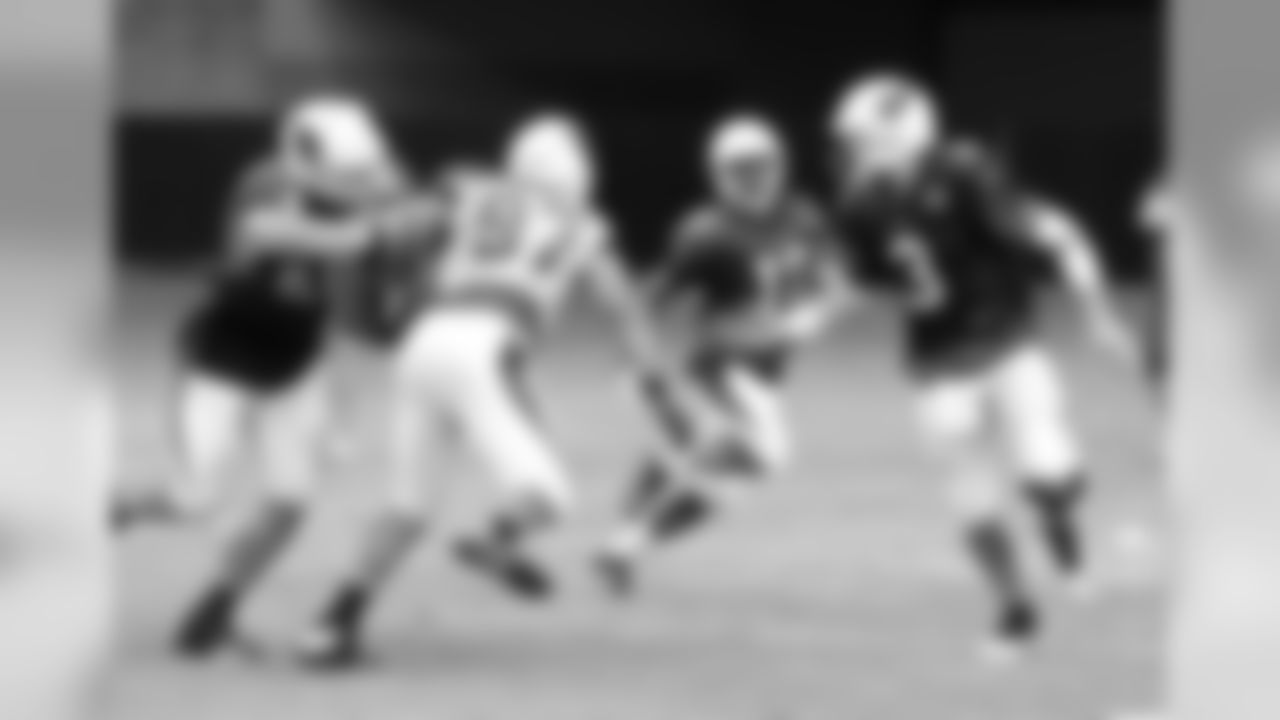
WR John Brown behind lead-blocker Carson Palmer on a reverse
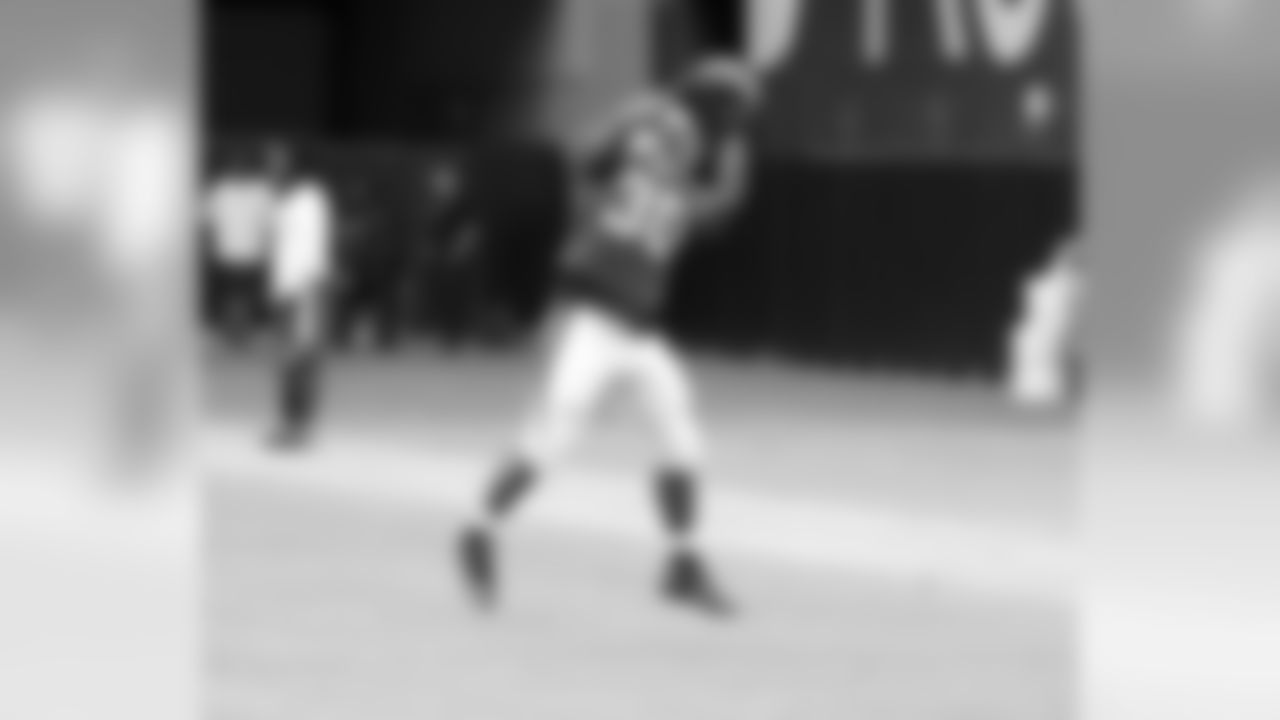
RB Stepfan Taylor

RB Chris Johnson (left) and RB Andre Ellington
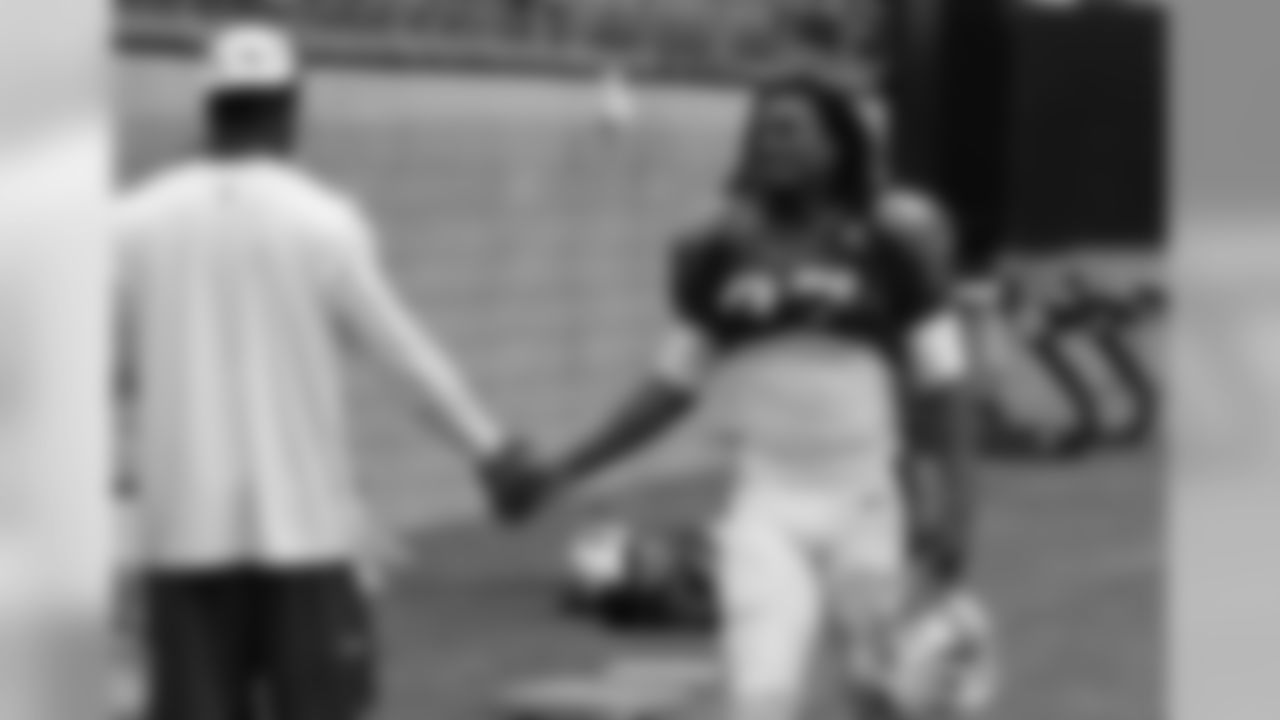
RB Chris Johnson being greeted by LB Sean Weatherspoon















